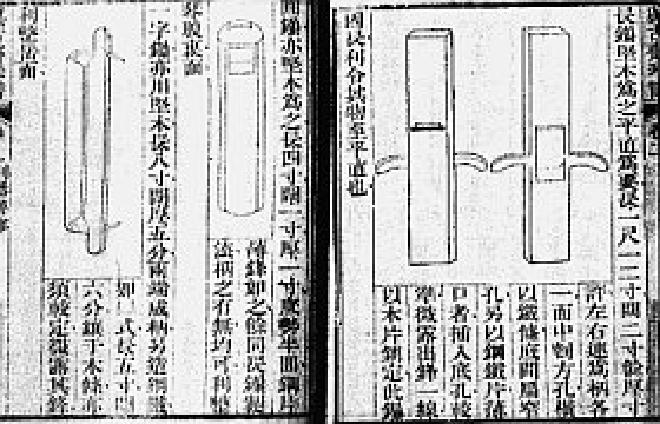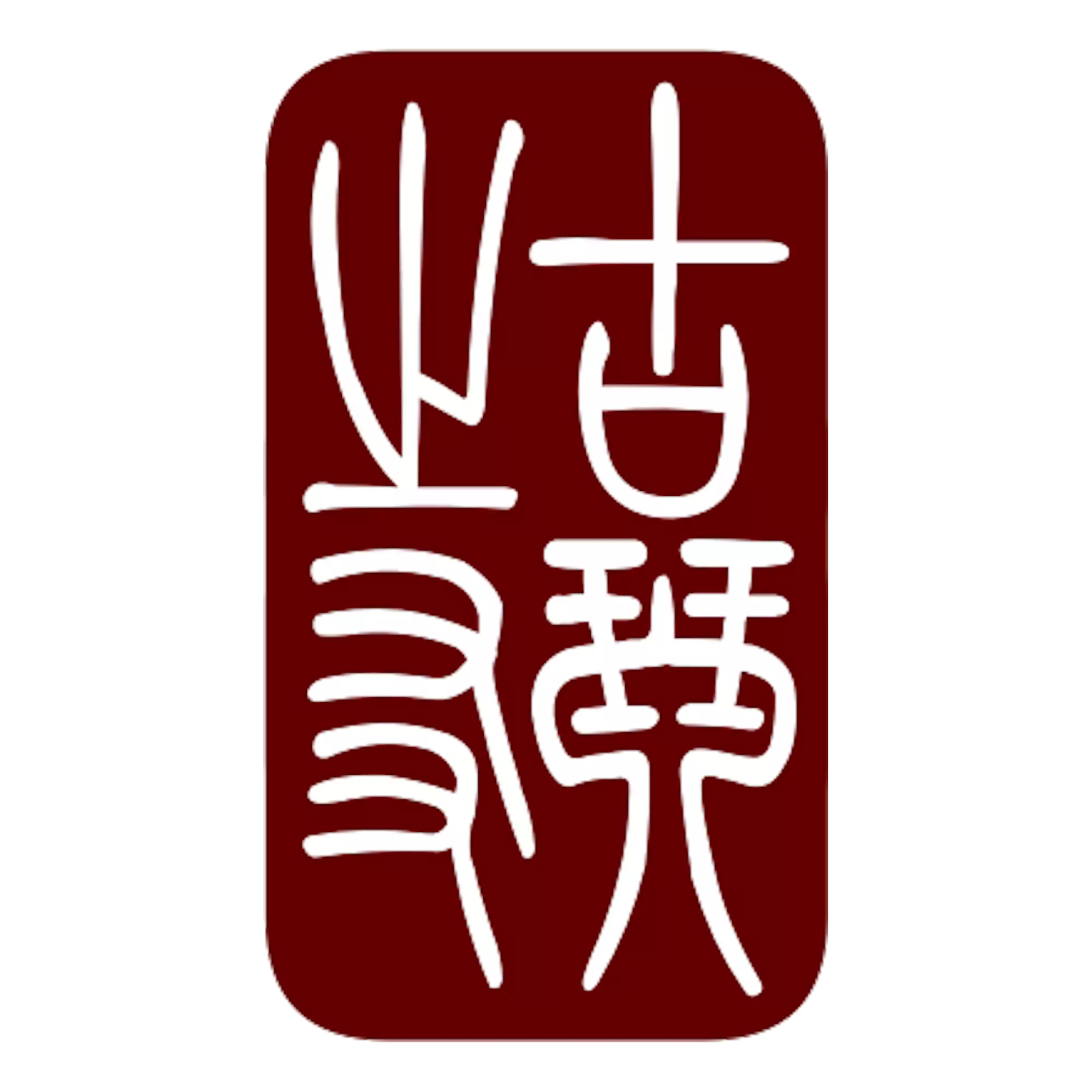Yu Gu Zhai Qin Pu - Abiding with Antiquity#
The Yu Gu Zhai Qin Pu [ 與古齋琴譜 ] is a handbook on the qin published in 1855 in Fujian Province by the qin-master Zhu Feng-jie (?-1864). Yu-gu-zhai literally means, abiding with antiquity studio and is the name of the studio where Zhu studied the qin. It is an unusual handbook in that it deals with qin music theory, construction techniques, and matters related to the care of a qin, and does not contain any musical notation.
Zhu Feng-jie divided his book into four volumes. The first one is titled: Xuan-lu-kao-shi, examination of the string tones. It provides a comprehensive analysis of traditional Chinese pitch theory. Volume II is titled: Cai-zhi fa-wei, detailed examination of materials and construction, and is a treatise on qin construction. Volume III is titled: Xue-qin bei-yao, complete essentials for qin study and it presents what could best be summed up as everything one should know about qin accouterments and related procedures, including the names of qin parts, how to hang qin on walls, qin tables, silk string construction, qin restringing, and so on. The last volume is titled: Tan-chu hui-jie, thorough explanation of how to play the melodies. It deals with the fingering symbols, providing explanations and diagrams.

Musicologists and qin players should note that the first volume of the well-known handbook Qinxue rumen, as its author Zhang He intimates in his preface of 1864, is an edited version of the last two volumes (III and IV) of Yu-Gu-Zhai. Moreover, Zhang He was Zhu’s student and much if not all of the Qinxue rumen music - which is in its second volume - came from the Zhu family.
Although the Yu-Gu-Zhai can be found at libraries in China, it seems that private copies of it may be rare. Fortunately, the translation by Jim Binkley is online in his website, so qin students and researchers can use it to broaden their knowledge regarding qin construction and qin in general.
Online translation by Jim Binkley (in PDF format 1 and 2)
News Also published as a book!
Available from Amazon
Most of the text of this page has been borrowed from the excellent web site by Jim Binkley focused on the Yu-Gu-Zhai-Qin-Pu.
In Praise of the Thunder Qin, by Liu Zong-yuan#
The following text has been reproduced here from the Jim Binkley’s translation of Vol.2,Chap.2, Distinguishing and Selecting Good Materials beacuse of its interest
The Thunder Qin was created from withered tong left from a storm in Ling-ling, west of the Xiang river. In an earlier time the tree had grown over some rocks. It was said that a flood dragon hid in a cave underneath the tree. One evening there was a thunderstorm. The tree was struck and burned until dawn. What remained fell with a solid thunk into the road. After the storm, local people cut wood for firewood. Chao, a Taoist, heard the tale and obtained enough wood for three qin. There is no wood better than tong for qin, and there is nothing better than tong that has grown over stone. It is excellent because it was left from the fire. It is unusual because of thunder accompanying the fire. So these qin were both excellent and unusual. These qualities merge together into beauty and they may not appear again in the empire. But for this Taoist, such early beauty would have been lost. To record this event, I have engraved an eulogy to the left and right of the sound holes. To provide a record, I composed this preface.
The poem:
On the banks of the Xiang,
perilous, lofty above the rock.
Dragon magic hidden below,
uncanny thunder fire,
excellent, unworldly
qualities merged in beauty.
Of Chao’s achievement
I sing in praise.
Liu Zong-yuan [ 柳宗元 ] (A.D. 773-819) was a famous poet and prose writer of the late Tang period.
